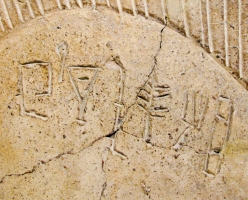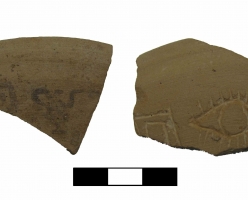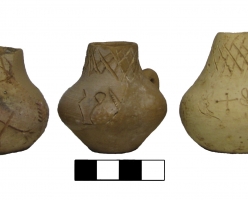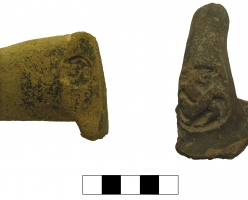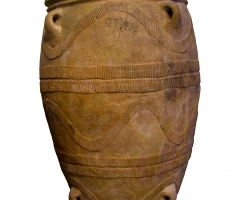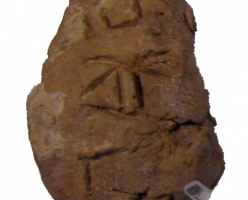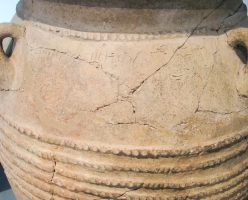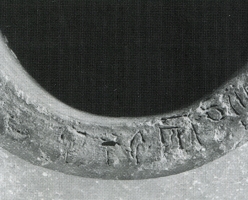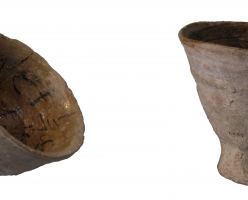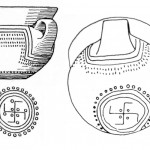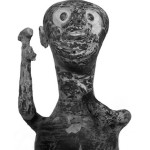Distribution and Functions of Minoan Inscribed Clay Vessels and the Consequences for the Question of Literacy in the Bronze Age Aegean
Barbara Montecchi
This paper investigates the practice of writing on clay vessels in the Aegean during the Middle and early Late Bronze Age (1925/00-1470/60 BC, according to Manning 2010, 22, table 2.2), when two different scripts were used: Cretan Hieroglyphic and Linear A. Inscribed pottery shows unique characteristics which makes it a valuable means of exploring Bronze Age cultural, social and economic aspects, by focusing on its purposes and the actors involved, at different stages, in producing and consuming it. The topic will be approached in a diachronic perspective to pinpoint elements of continuity, innovation and also interruption between the First and Second Minoan Palace periods, as far as issues of agency and literacy are concerned.
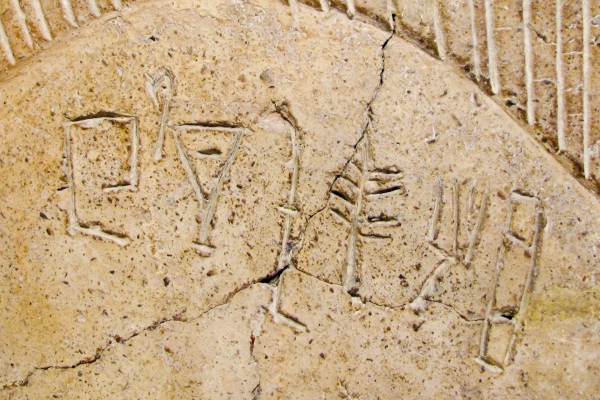
Montecchi B. 2020, Distribution and Functions of Minoan Inscribed Clay Vessels and the Consequences for the Question of Literacy in the Bronze Age Aegean, SMEA NS 6, 49-66.

